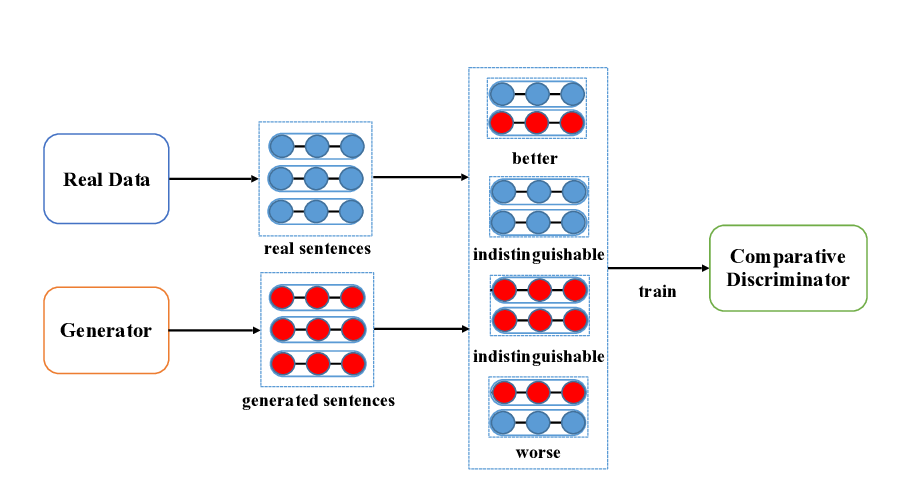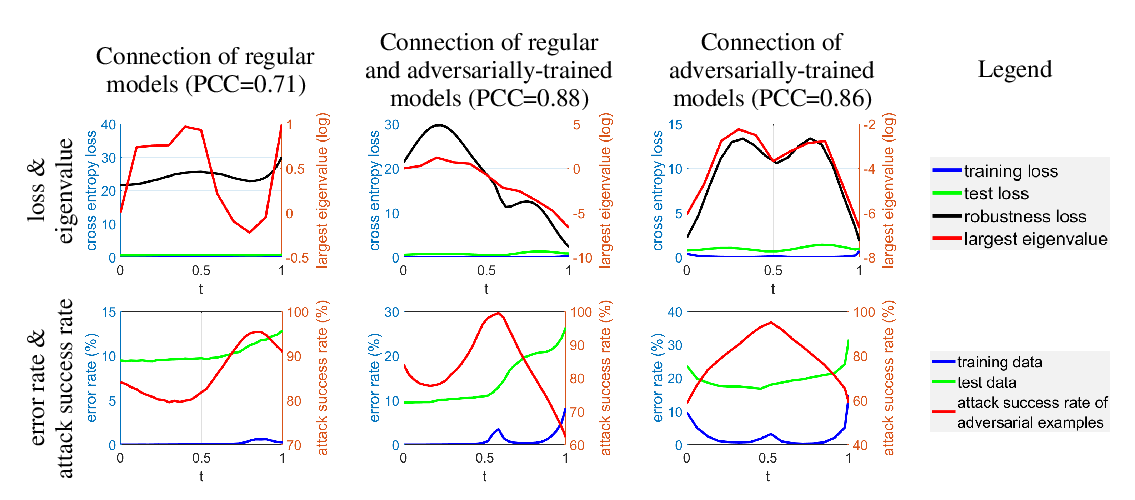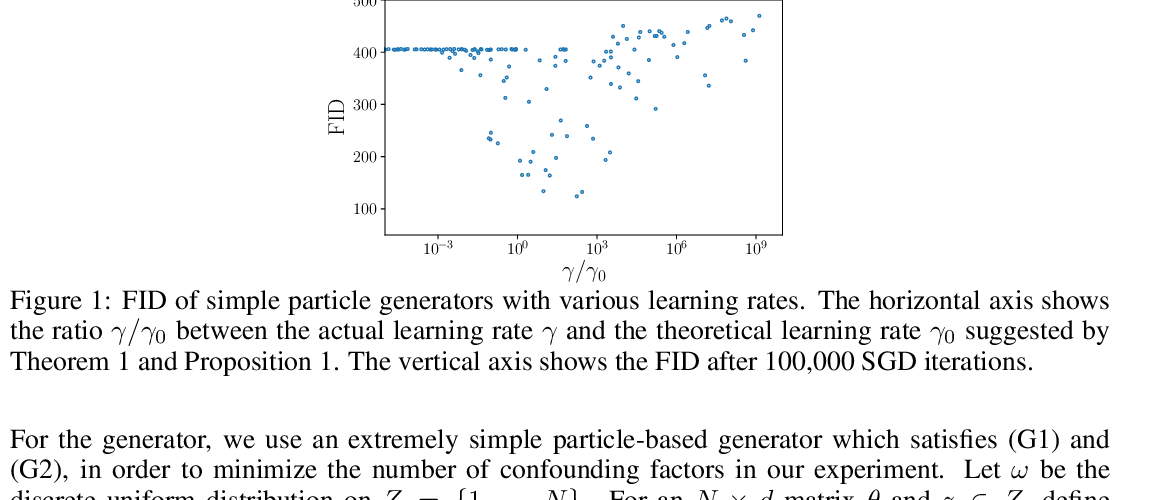Abstract:
Generative adversarial networks (GANs) have attracted huge attention due to
its capability to generate visual realistic images. However, most of the existing
models suffer from the mode collapse or mode mixture problems. In this work, we
give a theoretic explanation of the both problems by Figalli’s regularity theory of
optimal transportation maps. Basically, the generator compute the transportation
maps between the white noise distributions and the data distributions, which are
in general discontinuous. However, DNNs can only represent continuous maps.
This intrinsic conflict induces mode collapse and mode mixture. In order to
tackle the both problems, we explicitly separate the manifold embedding and the
optimal transportation; the first part is carried out using an autoencoder to map the
images onto the latent space; the second part is accomplished using a GPU-based
convex optimization to find the discontinuous transportation maps. Composing the
extended OT map and the decoder, we can finally generate new images from the
white noise. This AE-OT model avoids representing discontinuous maps by DNNs,
therefore effectively prevents mode collapse and mode mixture.


